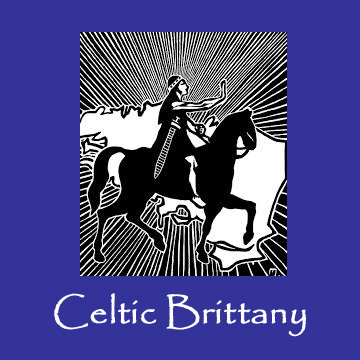
Featured Ancestor
Alan I, King of Brittany

Before arriving in England just after the Norman Conquest, the Richmonds were originally from the Duchy of Brittany (present day France). There is a direct line back to the Alan I, King of Brittany. He is the 31x Great Grandfather of Kelly Dunn.
-
Count Ridoredh of Vannes The 32x Great Grandfather of Kelly Dunn
-
Alan I, King of Brittany( -907) His wife: Oreguen (31x GGF)
-
Hawise of Vannes, Her husband: Mathuedoi I, Count of Poher (30 GGM)
-
Alan II, Count of Vannes and Nantes His wife: Roscille of Anjou (29xGGF)
-
Guerech, Count of Nantes, the 1st Son of Alan II and brother of Hoel I
-
-
Hoel I, Count of Nantes (920-981) 2nd Son of Alan II (28th GGF)
-
Judicael, Count of Nantes (960-?) His wife: Melisende de Nantes (965-?) (27th GGF)
-
Raoul I le barbu de Mauvoisin, Count of Nantes (1005-?) His wife: Eva de Mauvoisin (1030 -?) (26th GGF)
-
Hasculfus VI de Musard, Count of Nantes (1050-?) (25th GGF)
-
Enisan de Musard, Lord of Cleasby
-
Roaldus (Le Ennase) de Musard
-
-
Hasculph, son of Haculfus VI (24th GGF)
-
Hacuil, or Hasculf, de St James, lord of Tansor in Northamptonshire and of estates in Oxfordshire
-
-
Roald, son of Hasculph and second Constable of Richmond Castle (The 23x GGF)
